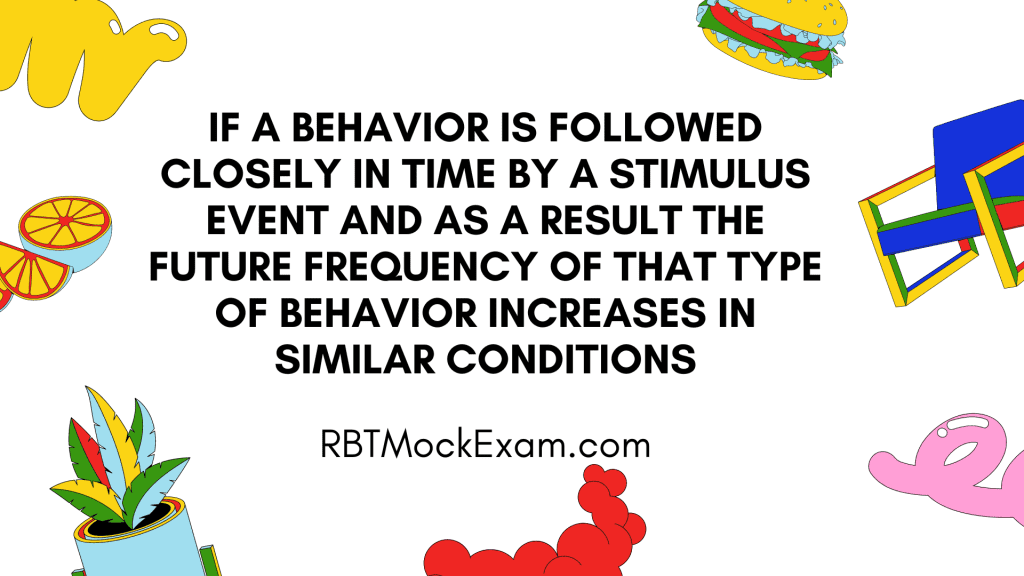Question: A reinforcer delivered contingent upon the first behavior following the time period where the time period is variable describes which schedule of reinforcement?
Options:
- Fixed Ratio
- Variable Ratio
- Fixed Interval
- Variable Interval
Correct Answer: 4. Variable Interval
Explanation: A Variable Interval (VI) schedule of reinforcement delivers a reinforcer for the first response after a variable amount of time has passed. This means that the interval of time between reinforcements varies around a specified average. Unlike fixed interval schedules, where the time period is constant, the variability in a VI schedule makes the timing of reinforcement unpredictable, which can result in more consistent response rates.
Historical Context
The Variable Interval (VI) schedule of reinforcement, a cornerstone concept in behavioral psychology, has its roots in the pioneering work of B.F. Skinner during the 1930s. As Skinner delved into the principles of operant conditioning using his famous “Skinner box,” he and his colleagues uncovered various schedules of reinforcement, including the VI schedule.
This discovery was part of a broader revolution in understanding how behavior is shaped and maintained. Skinner’s work moved beyond simple stimulus-response associations, providing a more nuanced view of the relationship between behavior and its consequences.
The VI schedule and others like fixed ratio, variable ratio, and fixed interval emerged from systematic experimentation primarily with rats and pigeons.
As the field of behavioral psychology evolved, so did the application of these principles to human behavior. In the 1950s and 1960s, researchers began exploring how VI schedules could be applied in educational and clinical settings. This transition marked a significant step in bridging animal research with human psychology, demonstrating the universality of these behavioral principles.
The influence of VI schedules extended beyond psychology, permeating fields such as economics, education, and even computer science. In economics, it helped explain phenomena like gambling behaviors. In education, it informed the design of effective teaching methods. More recently, it has even played a role in developing artificial intelligence and machine learning algorithms.
Over the decades, numerous studies have refined our understanding of VI schedules. Researchers have explored how these schedules interact with other factors like motivation, cognitive processes, and individual differences. This ongoing research has continuously expanded and deepened our knowledge of human behavior.
Today, VI schedules remain a fundamental concept in behavioral psychology. They continue to be actively researched and applied in various settings, from clinical interventions to educational strategies. As a key component of behavior modification techniques, VI schedules help psychologists and other professionals understand and influence complex human behaviors.





